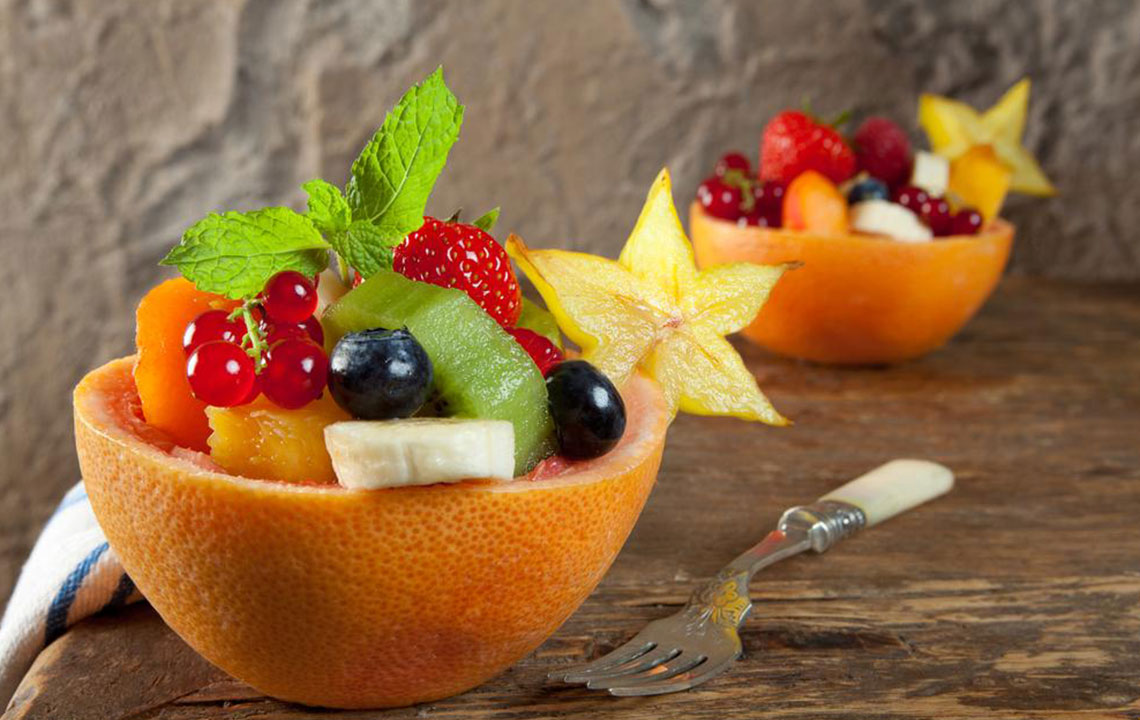The Balanced Diet Chart for Diverticulitis
Diverticulitis is a severe medical implication. It is caused by the swelling of the diverticula. Diverticula are the pouches along the lining of the large intestine. An exertion of pressure causes weak spots in the intestinal wall. Due to this, the intestine bulges the colonic wall structure outwards. Diverticulitis occurs among people after the age of forty.
Initially, diverticulitis is characterized by minor infection or inflammation. But it can aggravate and tear, and cause the serious problem of diverticulitis. Some of the medical conditions related to diverticulitis include abdominal pain, fever, bloody bowel movements, and nausea.
Diverticulitis can be treated with medications. However, if the problem is serious, surgeries are other viable approaches. Making lifestyle changes is the best way to control the worsening of diverticulitis over time. Changing the diet proves helpful for treating diverticulitis. There are certain foods which you must take and avoid. Include the good foods and stay away from the bad foods if you want to prevent the aggravation of diverticulitis. The diet for diverticulitis works efficiently to give the digestive system enough time to rest. It includes liquids and easily-digestible food. These food products are digested quickly and don’t strain the digestive tract.
What is the right diet for diverticulitis?
Liquid Diet: The intake of liquid diets must be increased. Some of the liquid diets you must take are water, ice chips, fruit juices that don’t contain pulp (apple), vegetable juice, skimmed tea or coffee, gelatin, and broth.
If the symptoms of diverticulitis improve with the intake of the liquid diet, your doctors may suggest the intake of fiber diet. He will start with the low-fiber diet and then recommend the high fiber diet. Some of the low fiber foods include eggs, fish, and white bread, cooked foods without seeds, foods without skin, green beans, and juices without pulp, white rice, yogurt, milk, pasta, and low-fiber cereals.
High fiber diet: High fiber diet is the first recommendation of doctors. Soluble fiber allows the stool to pass quickly through the intestine and colon without exerting too much pressure or straining during the bowel movements. This keeps the digestive system protected.
Grains, fruits, and leafy vegetables are the sources of high fiber content. Include potatoes, vegetables, kidney beans, navy beans, brown rice, oatmeal, and quinoa in your everyday diet. On an average, the daily fiber intake must be 25-30 grams.
Fruits: Pears, apples, blackberries, avocados, and raspberries
Grains: Barley, bran flakes, brown rice, and wheat pasta
Cereals: Oatmeal, bran and shredded wheat
Vegetables: Carrots, broccoli, and sprouts
Baked Food: Wheat bread and bran muffins
Dried Foods: Raisins
Legumes: Lentils, peas, and beans
All the above foods are rich in fiber and give the body all the essential vitamins and nutrients. You can even take the fiber supplements depending on the doctor’s recommendation. Psyllium is a powerful supplement available as capsules and powder. You can even try methyl-cellulose supplements (capsule or granules). You can get these fiber supplements from the pharmacists and medical stores. Take the supplements with water. If you need the supplements for long durations, it is advised to get the recommendation of the doctor for better results.
Foods to Avoid in the diet for diverticulitis:
Say no the food products that contain seeds such as popcorns and nuts. It is assumed that the seeds and small elements of these food products get stuck in the pouches and can contribute to diverticulitis.
How to prevent diverticulitis disease?
Maintaining the good health of the digestive system helps prevent the occurrence of diverticulitis. Some of the approaches are:
– Quit Smoking
– Drink lots of water and fluids
– Avoid consuming red meat and foods with high saturated fats (as they cause the intestinal blockage)
– Regular exercising and physical activities
– Balanced body weight
– Don’t use NSAIDs (Non- steroidal anti-inflammatory drugs such as ibuprofen and aspirin)
– Don’t delay the bowel movements. Doing so increases the pressure on the colon and lead to the worsening of the diverticular disease.
– Take a balanced diet with regular portions of the above-mentioned food products. The diet intake usually depends on the height and weight of an individual. A daily dose of 18g to 30g is ideal every day. Drink lots of water to prevent any possible side effects. At times you can suffer problems such as bloating in the stomach. Lessen the diet for few days and then again switch to the adequate high-fiber diet.
The fiber intake must adhere to the rest of your life. Doing so, you can keep at bay from the diverticular disease in life later.
Follow a healthy diverticulitis diet. It is wise to avoid the foods which have more possibilities of increasing diverticulitis. Consider the healthy diverticulitis diet as a part of the treatment plan to see best results.



